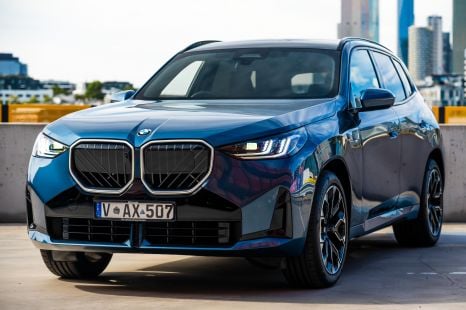

Jack Quick
8.4
6 Days Ago
If you still have money owing on your car but you want to sell it privately, there are a few things you can do.

Contributor
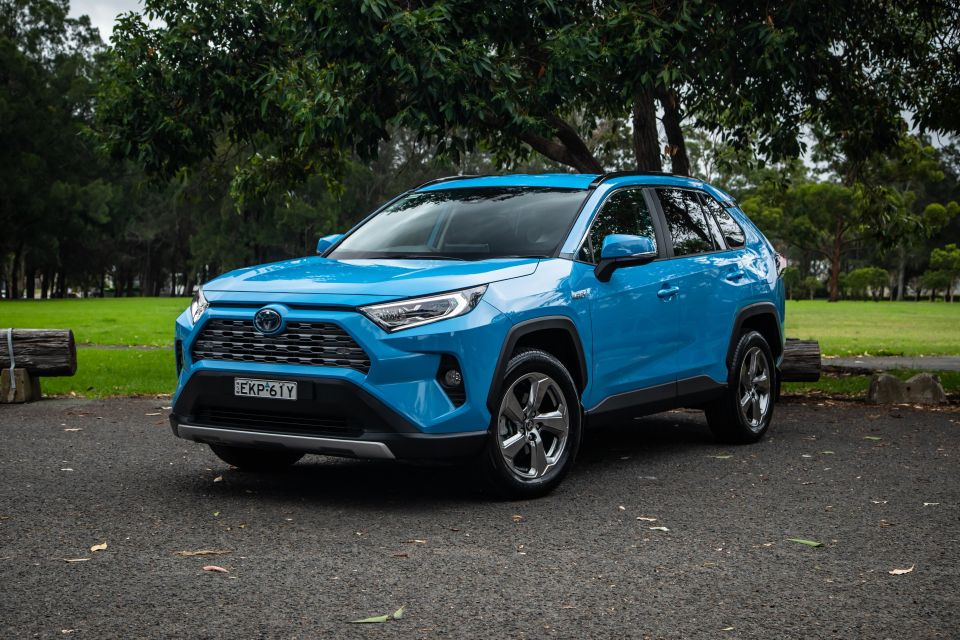

Contributor
So the love affair is over, and it’s time to sell your car. Except there’s one problem – the bank sort of owns it. Awkward.
Using finance to buy a car is very common in Australia, and it’s just as common to need to sell a car that still has money owing on it. In some parts of the world, this is illegal – but not in Australia.
In this article we explore how to sell your car privately if you still owe money on it, what terms to understand, and what options you have.
Encumbered means you still owe money on the car – and the lender is using the car as security for the loan. That means if you can’t pay the loan for whatever reason, the lender can repossess it, sell it and get their money back.
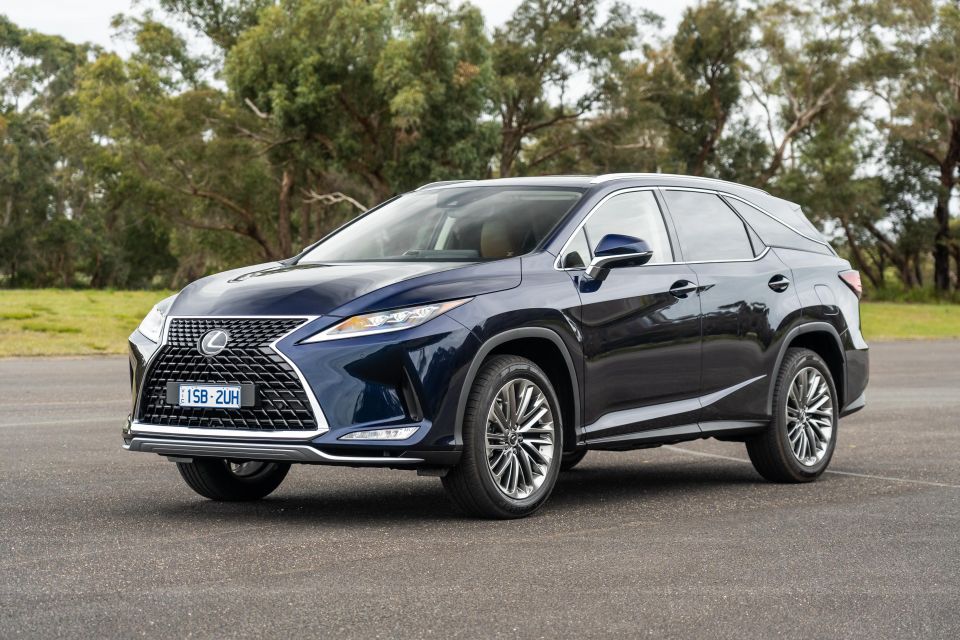
If you bought your car for $100,000 using a secured car loan, and have paid off $80,000, the car is encumbered and still partially ‘owned’ by the lender.
Most car loans are secured but there are unsecured car loans. If yours is unsecured, it means that even if you still owe $20,000 on the loan, sell the car and can’t make any further repayments, the lender can’t repossess it from the new owner. This is important to know.
If yours is a secured car loan and you’re still paying it off, your car is encumbered – and you need to settle the loan before someone else can take ownership.
If you can, pay off the car loan before selling to save yourself a bit of trouble – and stress.
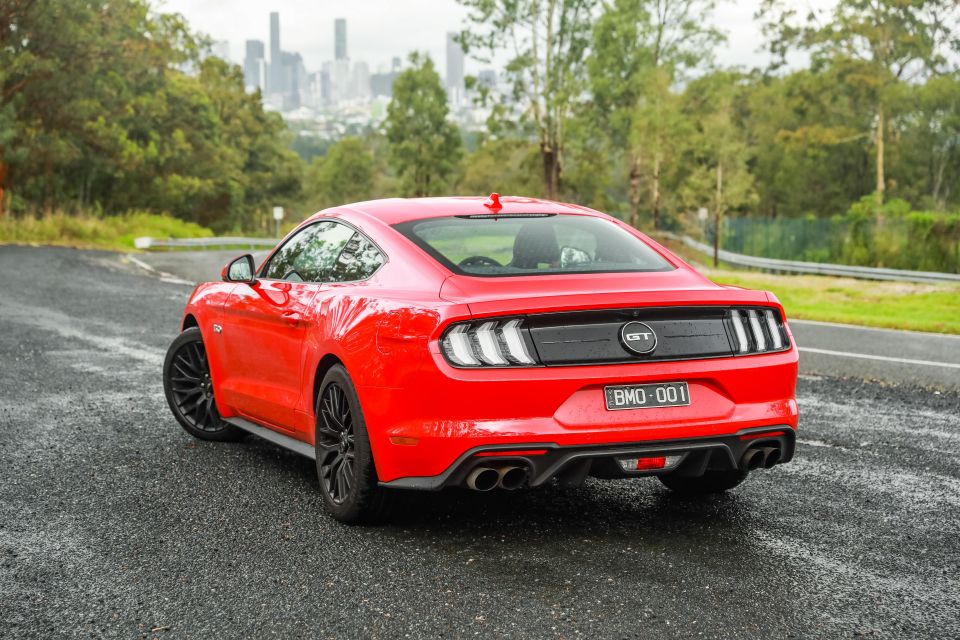
Use your savings if you have some. Consider redrawing from your home loan, or getting an unsecured personal loan.
When the car is sold, top your savings back up, put the money back into your mortgage, or pay off the personal loan. If you can’t do any of this and are relying on the sale of the car to directly pay off the loan, keep reading.
Find out how much your car is worth (read our separate article, here) and know how much is owing on the loan.
Hopefully you can sell the car for more than you owe. If you can’t, you have to go back to the drawing board. We’ve detailed some options below.
Call your lender and tell them you want to sell the car – some lenders will stipulate in the contract terms that the loan is completely settled before selling a car.
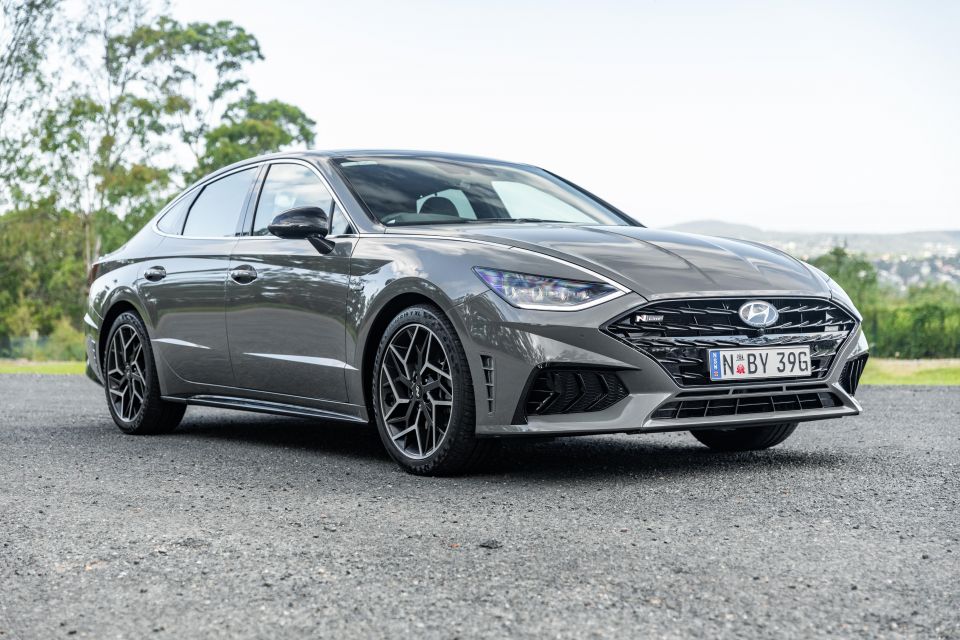
Your lender might ask for the buyer to pay them directly, or it might be happy for your to sell the car so long as you immediately pay off the remaining loan balance using that money.
You can ask your lender for a “payout letter” which stipulates exactly the payout figure required to clear the title of the car – and clear you of the loan contract – and exactly how to pay it. You give this to the buyer if the lender has requested they pay them directly.
Also ask your lender about fees for paying off the loan early.
Some buyers won’t want to purchase an encumbered vehicle because they need to trust you – a total stranger – that the loan will be sorted and the car’s title cleared after they buy the car. If you can’t pay back the finance on the car for whatever reason, the lender could repossess it from a new owner.
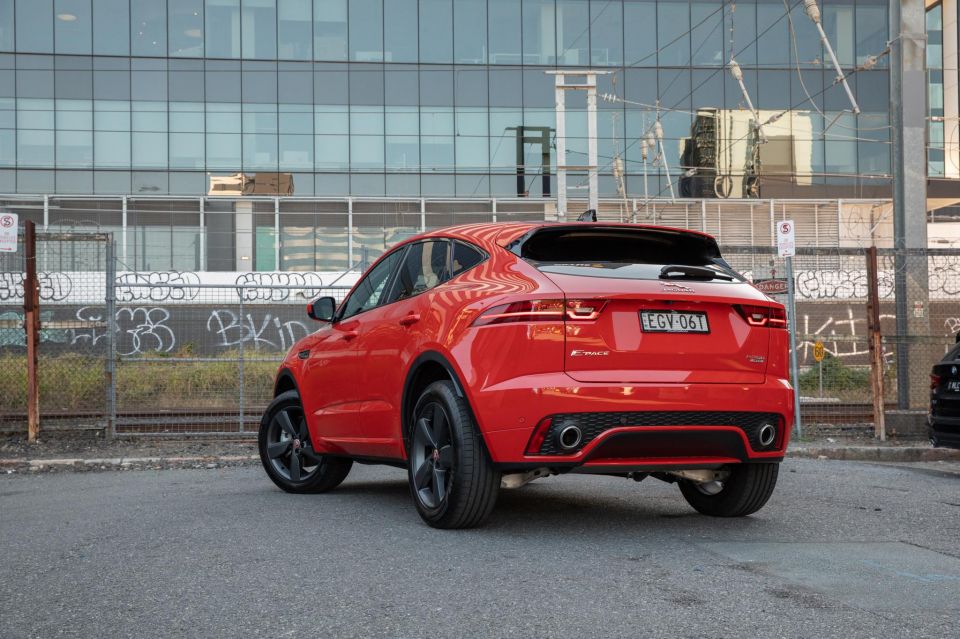
Let any buyers know that the car is under finance and you’ve got everything under control. You could show a prospective buyer your loan statement demonstrating that you owe less than what would be the sale amount, giving them peace of mind.
Don’t try to hide from the buyer that the car has finance owing. There are services buyers can use to check if a vehicle is encumbered or not – such as the Personal Property Securities Register – and if your buyer is crossing Ts and dotting Is as they should be, they’ll find out sooner or later and might walk away.
Your lender may ask the buyer to transfer the funds directly to them, clearing the title of the car.
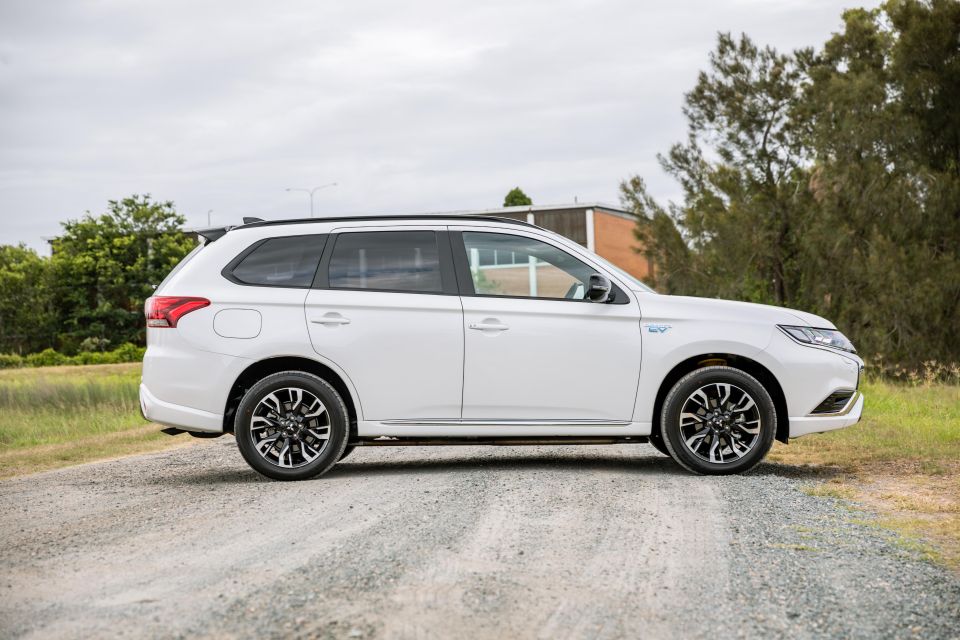
If any of that responsibility falls to you, once you’ve got the cash from the sale, don’t wait a moment longer than you need to. Get the money to the lender as soon as you can.
Once you’ve settled the loan and the vehicle is no longer encumbered, you could show the new owner documentation that proves as much – for their peace of mind.
So you bought a brand new car for, say, $50,000 and five years later, because of depreciation, the most you could hope to sell it for is $40,000. Unfortunately you still owe $45,000. What do you do?
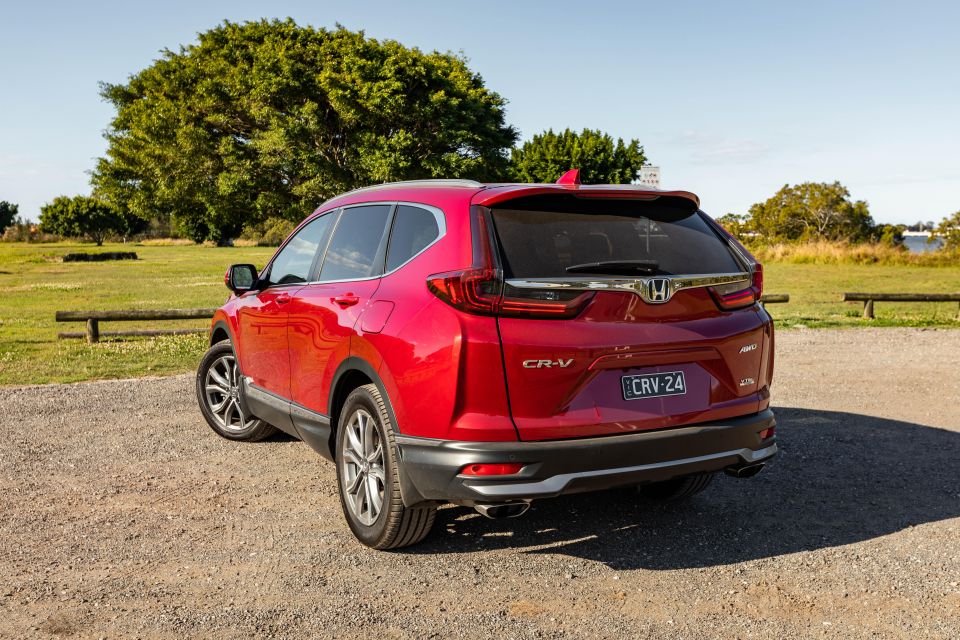
You need to find $5000 to clear the title of the car – simple as that. Discuss options with your lender.
Once the buyer has paid the lender and you’ve sorted a way to repay any gap, the lender can clean the vehicle’s title for the new owner. Meaning it’s no longer security against any loan.
If you’re selling your current car to get a brand new one, chat to the dealer about finance options. They could pay off the loan for you, take your old car off your hands as a trade-in, and sell you a new one under a brand new loan.

Of course, as easy and as wonderful as this sounds, keep in mind that you are taking on new debt – a new loan – and it might be a lot larger than the old one. Plus, you won’t get as much money trading in your old car than if you sold it privately.
Shop around finance options before blindly accepting whatever a new car dealer is offering.
The dream scenario would be the dealer offers you a great trade-in price on your current car, pays off the existing loan for you, and gets you into a brand new car that’s safer, nicer and more efficient, for not much more – and at a competitive interest rate. Ideally, even better than the loan you were just paying.
If you want to sell your car, click here and receive a price quickly.


Jack Quick
8.4
6 Days Ago
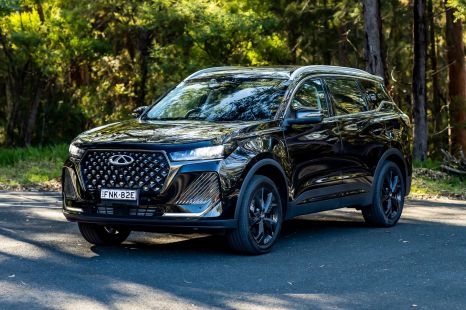

Matt Campbell
8.1
5 Days Ago
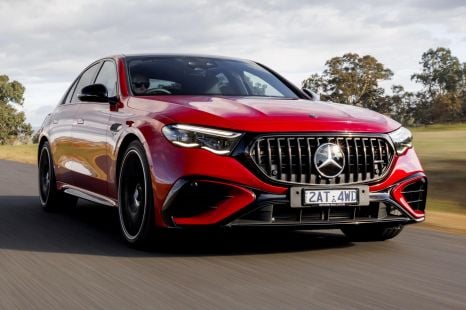

Max Davies
8
4 Days Ago
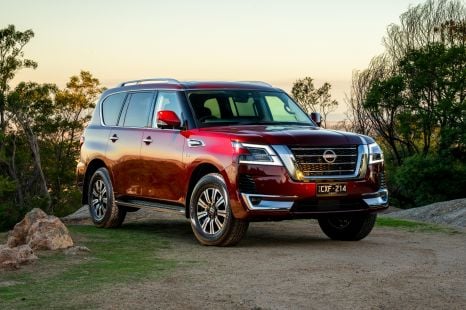

James Wong
8.1
3 Days Ago
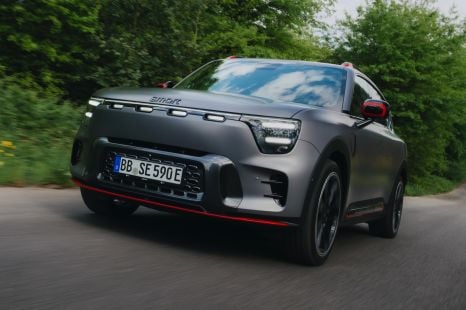

James Fossdyke
2 Days Ago
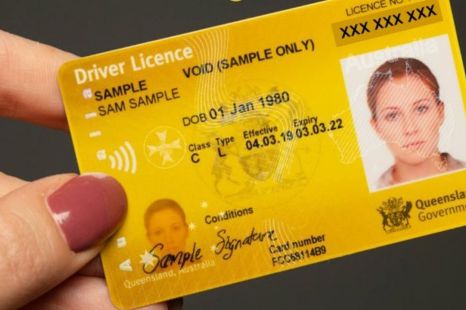

CarExpert.com.au
2 Days Ago